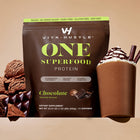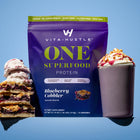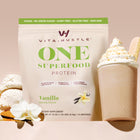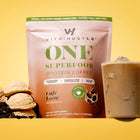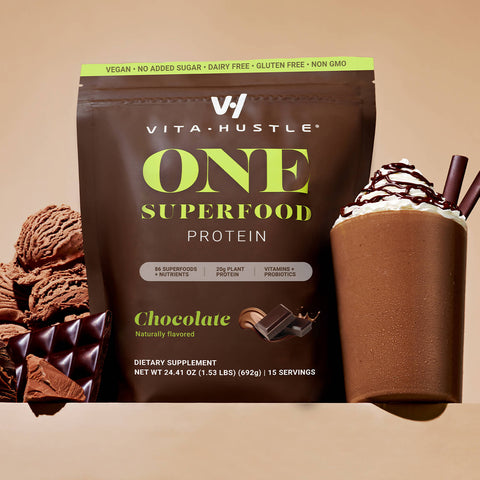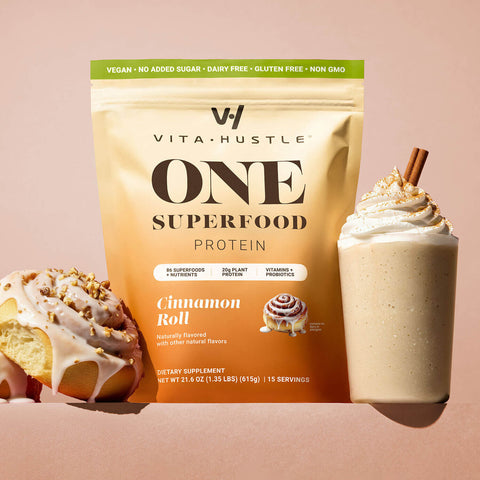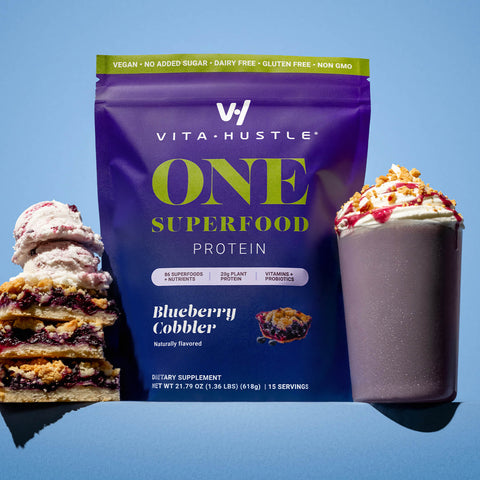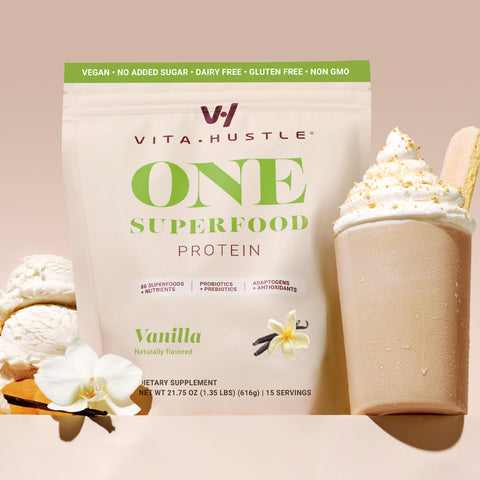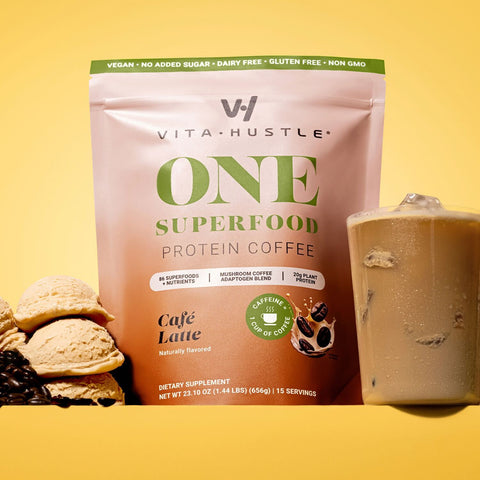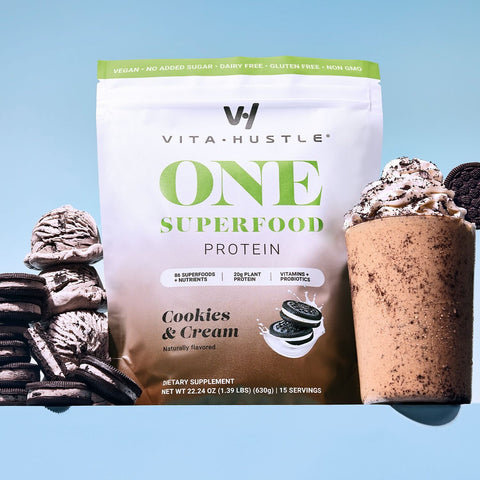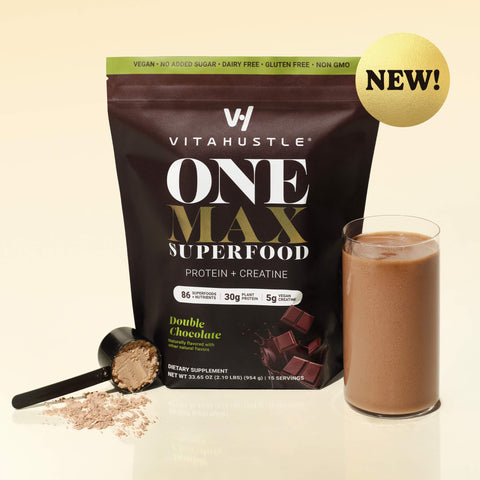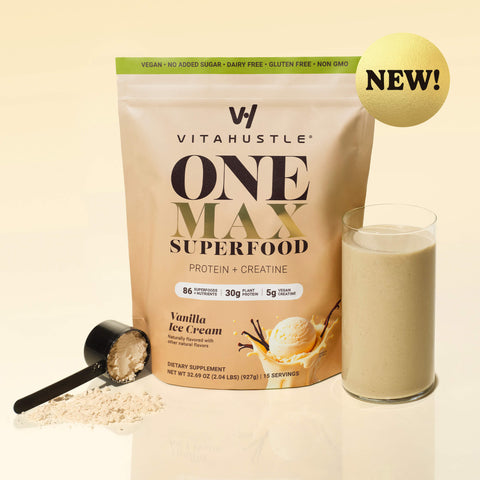You want to get stronger, and you want more endurance. You want to get faster, and maybe you want to jump higher too.
But there’s more to fitness than that. And heck, to get all those other goals, you need something else, too. That missing element is “mobility,” and it’s something that’s come increasingly into focus in recent years.
Here’s the thing with all those other goals: They can’t really happen unless your body has mobility. Mobility is what allows your muscles to move through the full range of motion they need to help you exhibit strength, and it’s mobility that’ll let your legs move with the efficiency they need to get faster and improve your jump. Mobility is also critical to endurance training, too: If your body can’t move properly, it can’t really repeat a motion well when you run, row, or even pedal a bike.
That’s why it’s key to understand mobility to get the most out of your training.
What is Mobility?
First off, you have to understand the term, especially since it’s very frequently confused with another popular fitness concept, flexibility. “Mobility” and “flexibility”, though, are not the same. Flexibility is the ability of a muscle to lengthen passively through its full range of motion. Mobility is the ability of a joint to move freely through its full range of motion, without restriction.
Those two ideas seem similar, but they’re different. Flexibility is essentially your ability to “stretch” a muscle group into a position. Mobility is your ability to be in complete control in that position and reach that position without needing to stretch to get there. Having flexible hips might mean you can drop into a split. Having mobile hips means you could work through bird dogs, 90-90s, and other stretches and slowly control your hips in those positions.
Mobility requires strength of the muscles involved. Flexibility can be present in the absence of strength.
How do You Train Mobility?
The best way to train mobility is to learn to work with your bodyweight and learn to control your warmup “stretches.” A decade or so ago, gym theory had many people doing passive stretches in their warmups, whether that meant hanging from a bar, or touching their toes before a workout.
That’s not the best way to prep for a workout, and it’s not the best way to start working toward mobility. Instead, work through moves like the World’s Greatest Stretch (there’s that word again! Ugh) and do them while being mindful of body position. Mobility involves being mindful of body position and controlling the flexibility you’ve built. That’s key.
How do You Control Flexibility?
The answer to this is simultaneously simple and complicated: You never stretch while relaxing every single muscle. To properly build mobility in any muscle group, you actually need muscle tension throughout the rest of your body.
Point blank, your body isn’t meant to have every muscle fully relax. So, think through the joint you’re trying to push through a given range of motion, and tighten muscles that will help it move through that range of motion. In other words … you might “stretch” your chest in a doorway. But to build shoulder mobility, you might perform a shoulder circle, starting by tightening your pecs and pulling it forward, then tightening your shoulder blades as you circle your arm behind your head, then tighten your traps as you raise your arm.
Do these 3 to 4 times on each side, actively tightening those muscle groups as you make the arm circle. Now, you’re building mobility and muscle awareness, not just flexibility.
How Often Should You Train Mobility?
Every day. Mobility is critical to the health of your muscles and your ability to lift weights, run, jump, and move throughout your day. Consider adding it to your warmup and focus on being intentional as you move. Never get to a body position without exhibiting muscular control. Think of what you might want to “stretch,” and instead of stretching to get there, tighten muscles that can help you reach that body position.
Start with these 3 moves:
Cat-Cow
Get on all fours, hands directly below shoulders, knees directly below hips. Round your back and inhale, spreading your shoulder blades as much as possible. Hold for 2 seconds. Arch your back and squeeze your shoulder blades. That’s 1 rep; do 3 sets of 5.
Spider-Man Lunge
Get in pushup position, core and glutes tight, hands directly below shoulders. Keeping your core tight, bring your right knee forward, just outside your right hand. Tighten your glutes, keeping your hips square. Straighten your back leg. That’s 1 rep; do 3 sets of 4 on each side.
Lunge to T-Spine Rotation
Start standing, then shift into a right leg lunge. Squeeze your glutes, keeping your hips square to the front. Extend your arms out to your sides so your upper body forms a “T.” Keeping your hips square, squeeze your left shoulder blade, and turn your upper body as far to the left as you can, aiming to rotate your chest to the left. Look to the left. That’s 1 rep. Do 3 sets of 4 per side.

